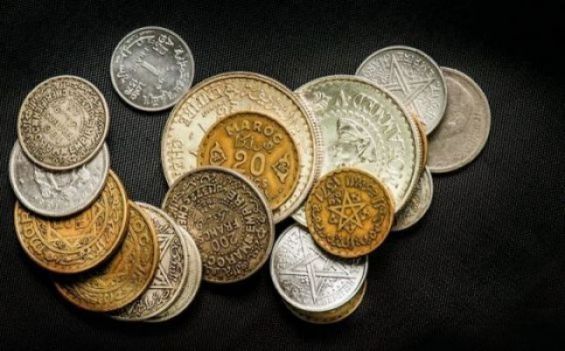By the end of the 19th century, Hassani rial was the name of the currency adopted in Morocco and introduced by Sultan Moulay Hassan in 1881 to put an end to an old monetary system. But, quickly, this system collapsed in 1902 because of the pressure imposed by European powers that wanted to share the kingdom.
Indeed, in 1906, more than twelve European countries came together, on January 16 and April 7 to discuss their colonial attempts. They also decided to set up a state bank to reform Morocco’s monetary situation.
From the Hassani rial to the French franc
With the conclusion of the «Treaty of Fez», which established the French protectorate in Morocco, French franc gained a prominent role in the Moroccan market, thanks to the efforts of the Bank of Algeria, which was French colony at the time. The latter worked on developing business in Morocco, said Professor Mohamed Naciri in an article on electronic transactions and issues under the reign of Sultan Moulay Youssef.

Thus, the French franc became an official currency in Morocco alongside the Hassani rial. But this situation was confusing. Morocco ended up abandoning the Hassani rial to opt solely for the franc.
This decision was backed by a Dahir published on March 19, 1920. The decree announced the official «abandon of the Hassani rial to maintain order and facilitate trade». The same document pointed out that the decision was just temporary, giving the time for the authorities to issue another official currency.
To get rid of the Hassani rial, Moroccan authorities bought every Hassani coin, using money issued by Branque de France and the Bank of Algeria.
Introducing Moroccan dirham
At the time, the monetary reform program imposed abandoning the local currency. But this decision was taken lightly, as the Hassani rial did not really disappear and rose to fame in the parts controlled by Spain.
Meanwhile, the State Bank negotiated with the French Finance Minister and the Sherifian government to reach a direct agreement with the French Treasury to launch a new currency. This led to the appearance of Moroccan franc.

This currency, however, did not have a successful start. The Moroccan franc was competing with the French franc to survive and soon a second decree was issued to announce that no other currencies would be allowed in the country.
Moroccan dirham and its adoption as the country's lone currency
When Morocco broke free from France, it started a new era that was marked by restoring monetary sovereignty. June 30, 1959 marks the birth of Bank Al-Maghrib. On October 17, 1959, the dirham became the national currency for Morocco, replacing the Moroccan franc.
The archives of Bank Al-Maghrib show, according to Elaph, that «the choice of having an Arab and Islamic reference currency (...) was a sovereign and political position». This choice signifies the fact that Morocco belongs to the Arab and Islamic world.

However, despite the adoption of the dirham as the national currency, French banks continued to control the Moroccan monetary system and much of its economic activities. The Moroccan government then considered the creation of Moroccan state banks, financed by the public sector.
In the early 1960s, national institutions emerged, such as Banque Marocaine du Commerce Extérieur (BMCE), la Banque populaire, Caisse de dépôt et de gestion (CDG), la Banque nationale pour le développement économique, and the Crédit agricole et le Crédit immobilier et hôtelier (CIH).
Seven years later, Hassan II ordered that all banks operating in Morocco to accept the authority of Bank Al-Maghrib, which became the guardian of financial and monetary activities in Morocco.




 chargement...
chargement...










